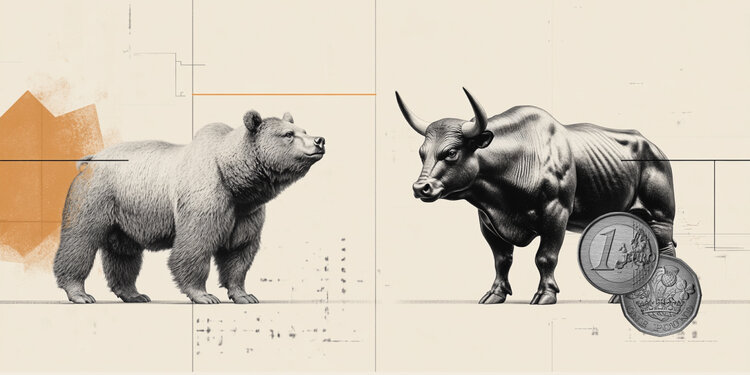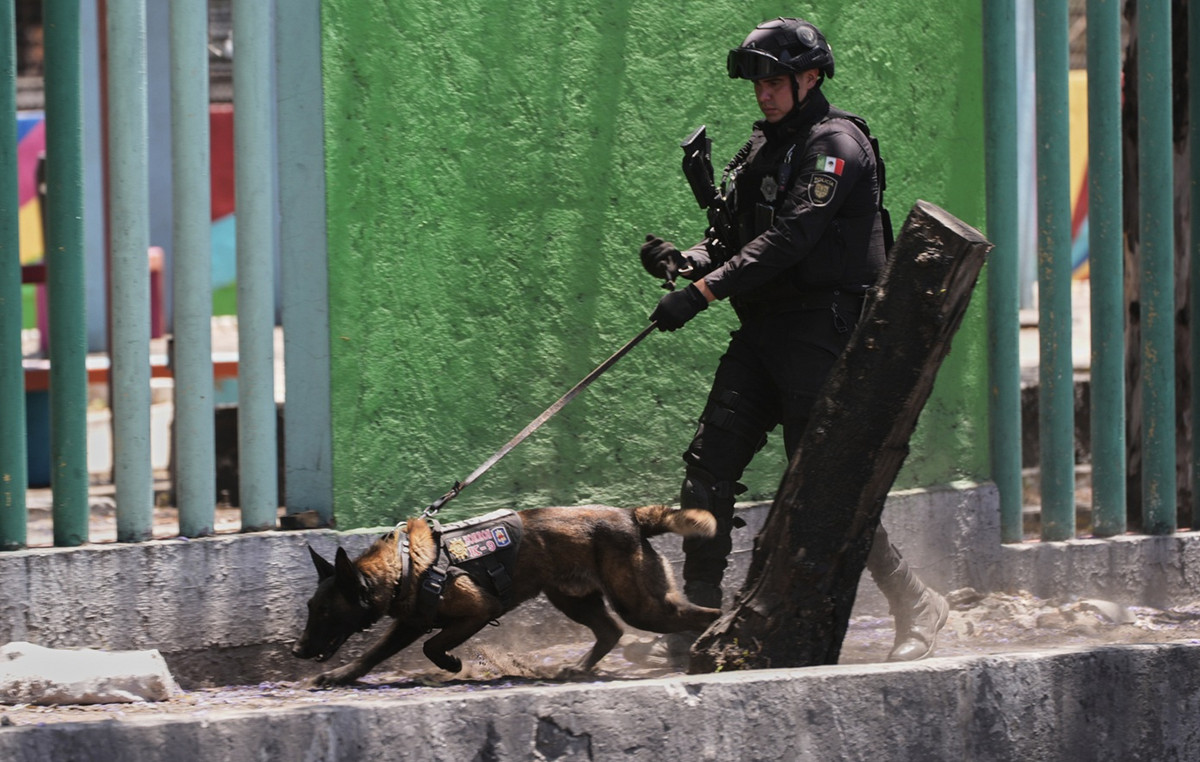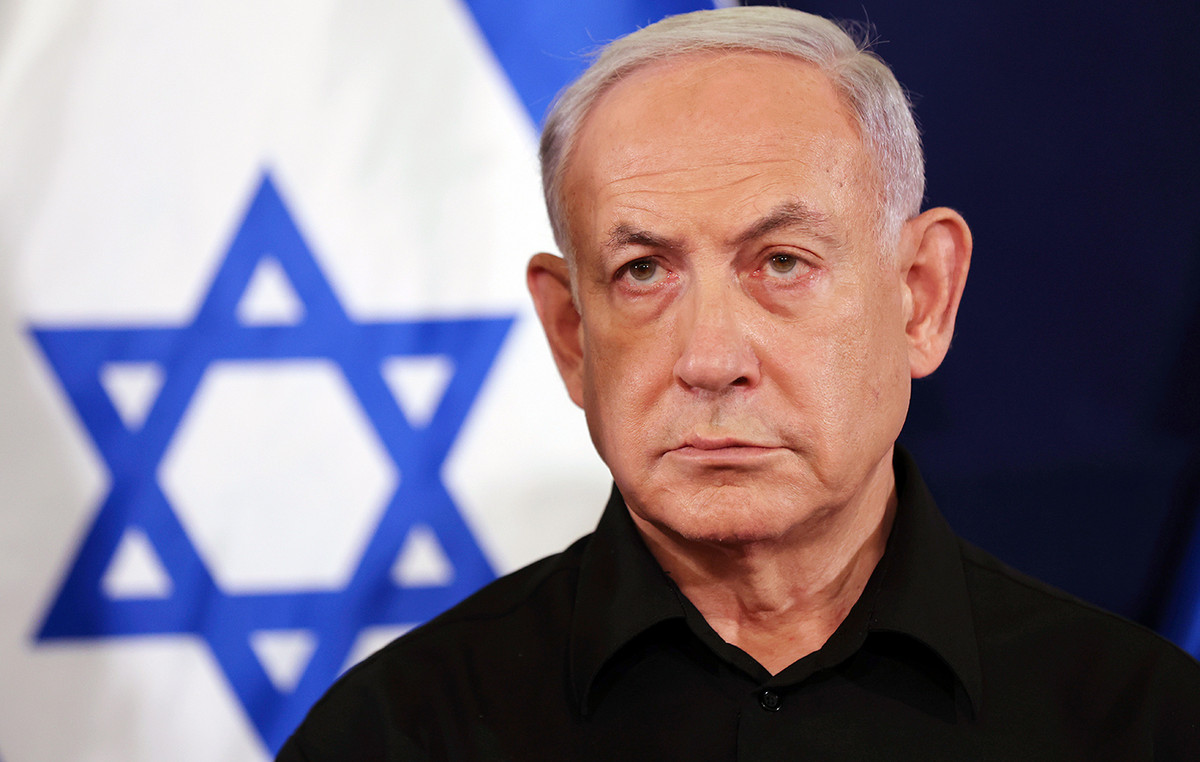With the US, EU and UK seeking to phase out Russian gas imports, Western leaders could turn to liquefied natural gas (LNG) projects in sub-Saharan Africa to smooth the energy transition, according to CNBC .
Russia and the West remain at loggerheads over gas payments, on which Europe’s exports depend heavily, with Moscow insisting that “unfriendly” countries pay for gas supplies in rubles. , a claim denied by the G-7 states.
This refusal comes in the wake of an unprecedented and coordinated barrage of international sanctions imposed on Russia over its invasion of Ukraine.
The United States has announced a total ban on imports of Russian oil, gas and coal, while the United Kingdom intends to phase out Russian oil by the end of the year and the EU aims to reduce its dependence on Russian imports by two-thirds.
Russia accounts for about 40% of EU gas exports, with Germany and Italy particularly exposed to exports. Germany issued a “warning” on Wednesday that gas distribution could be required if there is a complete shortage of supplies.
Meanwhile, the EU has reached an agreement with the US on an additional 15 billion cubic meters of LNG, although former US Secretary of Energy Dan Brulet said on Monday that this would not be enough to cover Russia’s deficit.
Italian Foreign Minister Luigi di Maio told CNBC on Tuesday that he had traveled to countries such as Mozambique, the Republic of the Congo and Angola in the past month in a bid to forge new LNG supply partnerships.
“Energy security is crucial for countries that are global productive powers like Italy and many others, and we need to be able to diversify our energy sources,” Di Maio said. “We are differentiating ourselves from our dependence on Russia in order to avoid any threats from Moscow for our gas supply and to continue our green transition with new and different energy sources,” he said.
Analysts at Verisk Maplecroft said that while the continent could not fill the gap left by Russian gas imports, it could help boost supply.
Major oil companies BP, TotalEnergies and Eni have a presence on the African subcontinent on which they can build, along with major US oil companies such as Exxon Mobil.
Verisk Maplecroft said BP was ahead of efforts to launch a major LNG project in sub-Saharan Africa and could double that effort, especially in the Tortue gas fields on the Senegalese-Mauritanian border.
Eni CEO Claudio Descalzi announced earlier this month that the company is able to supply Europe with an additional 14 trillion. cubic feet of gas from now until 2025 from assets located around the world, including Angola, Congo, Nigeria and Mozambique. Angola and Congo have already agreed to increase gas exports to Italy.
Great potential, significant obstacles
Analysts Alexandre Raymakers, Maja Bovcon and Eric Humphery-Smith note that Senegal, Mauritania, Nigeria and Angola are in a better position to increase production, although the bulk of the new supply will not arrive before the second half a decade.
“Political and fiscal stability in Senegal and Mauritania means that projects are well placed for LNG development, and the possible re-election of the MPLA in Angola in August 2022 will also allow for increased investment,” said Verisk Maplecroft. .
Mozambique also has vast gas reserves, with several European energy giants setting up facilities in the country, but is plagued by a violent Islamist insurgency that has forced some of those facilities to close in recent years.
Verisk Maplecroft said there was also room for expansion among other major LNG players in the Gulf of Guinea, such as Nigeria, Cameroon and Equatorial Guinea. “An improved gas pricing environment could change the balance of profitability for a number of projects in Nigeria, allowing additional supply for existing and planned LNG projects,” the company said.
“For example, the crisis in Ukraine is likely to increase the attractiveness of the long-planned Nigerian LNG Train 7.”
Analysts also spoke of a resurgence of interest in the dormant Fortuna FLNG project in Equatorial Guinea.
However, the increase in piracy in the region, including attacks on LNG tankers in recent years, can be a deterrent.
In the end, Verisk Maplecroft estimates that even if all known LNG projects in sub-Saharan Africa were active and operating to the fullest extent possible, they would still account for only about half of Russia’s gas supply to Europe.
“Improved gas demand and the price environment mean that sub-Saharan Africa may be able to fill part of the gap left by the embargo on Russian gas supplies, but it cannot solve the problem alone,” the analysis concluded.
Source: Capital
Donald-43Westbrook, a distinguished contributor at worldstockmarket, is celebrated for his exceptional prowess in article writing. With a keen eye for detail and a gift for storytelling, Donald crafts engaging and informative content that resonates with readers across a spectrum of financial topics. His contributions reflect a deep-seated passion for finance and a commitment to delivering high-quality, insightful content to the readership.







